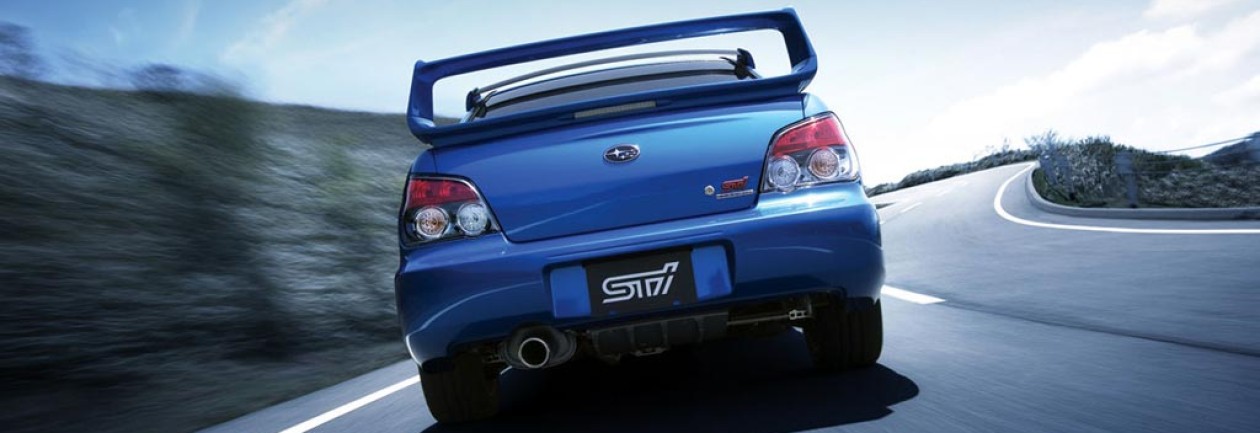Relief Valve Operation
Pressure in the system is also controlled by the relief valve built into the flow control valve. The relief valve consists of a ball valve and a relief spring. When hydraulic pressure in the system reaches a specified value, the ball valve opens so that part of the working fluid flows into the return port via the fixed orifice.
The gearbox consists of a control valve and a power cylinder. A power piston attached to the rack divides the cylinder into two chambers. As fluid is directed by the control valve to either side of the piston, the rack is pushed in the same direction in which the steering wheel is being turned.
Control Valve Operation
Hydraulic fluid supplied to the rack is controlled by the rotary control valve. As part of the pinion gear shaft, the control valve directs fluid flow to one side or the other of the power piston. When steering effort is not applied to the pinion shaft, hydraulic pressure in the valve and to both pressure chambers is held equal. Oil is directed from the center of the valve back to the pump.
As steering effort is applied, a torsion bar in the valve deflects in proportion to the resistance encountered. Fluid is allowed to pass directly from the pump discharge side to the pressure chamber, creating a pressure differential between the two chambers. This hydraulic imbalance causes the piston and rack to move to one side. Piston movement causes fluid in the low pressure chamber to return to the pump through the control valve. The more the torsion bar deflects, the greater the pressure differential becomes. The increased pressure assists in the turning effort.
Steering System Troubleshooting
Steering performance symptoms may be the result of a number of problems. The cause of the problem could be inside or outside of the steering system. For example, heavy or hard steering could be a result of a malfunctioning pump, of low idle speed, of a defective control valve or of tires not properly inflated. When diagnosing the cause of a steering problem, carefully follow the troubleshooting charts given in the appropriate model year service manual.
Oil Leak Points
Leaks in the gearbox should be confirmed before removing the gearbox from the vehicle. If leakage is suspected, clean the suspected portion, and turn the steering wheel from lock to lock approximately 30 or 40 times with the engine running slowly to verify the leakage. Refer to the service manual for the correct repair procedures.
